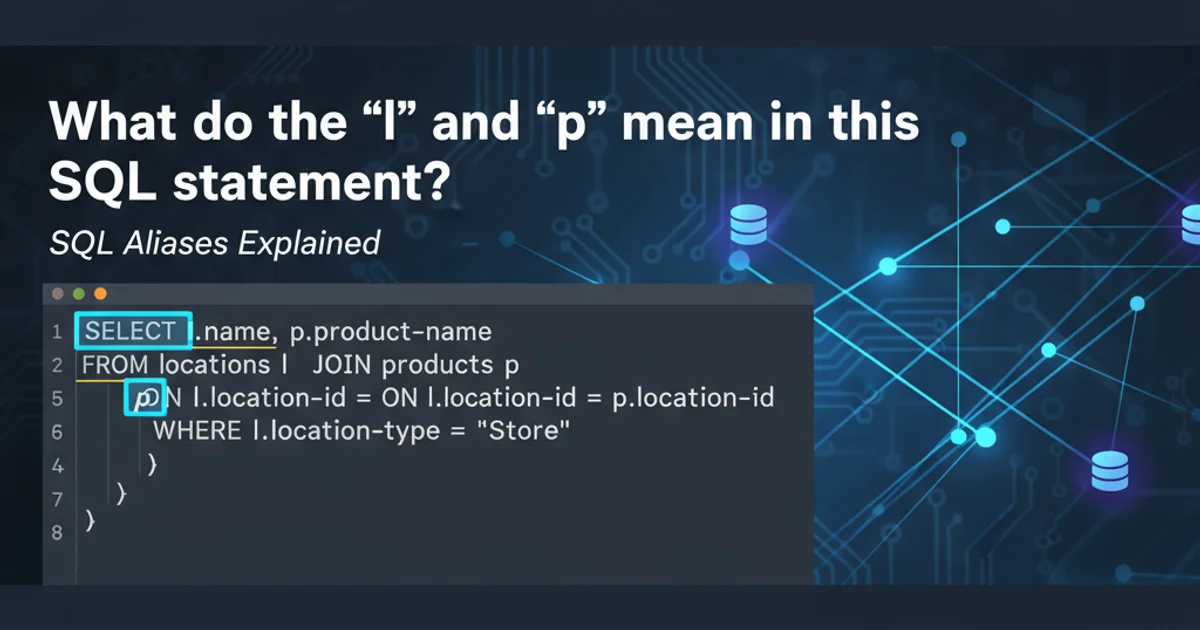How to install Xcode 4 on Mac OS X Mavericks
Categories:
Installing Xcode 4 on macOS Mavericks (10.9)

A comprehensive guide to installing Xcode 4 on Apple's macOS Mavericks operating system, covering common challenges and solutions.
While newer versions of macOS and Xcode are available, there are scenarios where developers might need to install older versions, such as Xcode 4, on specific operating systems like macOS Mavericks (10.9). This often arises when maintaining legacy projects, working with older hardware, or needing to target specific SDKs. This article will guide you through the process, addressing the common hurdles you might encounter.
Understanding the Compatibility Challenge
The primary challenge with installing older Xcode versions on newer (or even slightly older, but not contemporary) macOS versions stems from Apple's distribution model. Xcode is typically distributed via the Mac App Store, which only offers the latest compatible version for your current macOS. Older versions are often removed or made difficult to find. Furthermore, dependencies and system libraries change between macOS versions, leading to potential installation failures or runtime issues if not handled correctly.
flowchart TD
A[Start] --> B{Need Xcode 4 on Mavericks?}
B -->|Yes| C[Check Apple Developer Downloads]
C --> D{Find Xcode 4.x.x .dmg or .xip}
D --> E{Download File}
E --> F{Mount/Extract File}
F --> G{Drag Xcode.app to Applications}
G --> H{Verify Installation}
H --> I[End]High-level process for installing Xcode 4 on macOS Mavericks
Acquiring the Correct Xcode 4 Installer
The most crucial step is obtaining the correct installer for Xcode 4 that is compatible with macOS Mavericks. Apple's developer portal is the official source for older software. You will need an Apple Developer account to access these downloads. Look for versions of Xcode 4.x.x that explicitly state compatibility with OS X 10.9 Mavericks. These are typically distributed as .dmg (disk image) or .xip (Xcode Installer Package) files.
1. Log in to Apple Developer
Navigate to the Apple Developer website and log in with your Apple ID. If you don't have a developer account, you may need to register, though a paid membership is not always required for accessing older software downloads.
2. Access Downloads
Once logged in, go to the 'Downloads' section. You might need to search or filter for 'Xcode' and then look for older versions. Specifically, search for Xcode 4.x.x versions that list OS X 10.9 Mavericks as a supported operating system.
3. Download the Installer
Locate the appropriate Xcode 4 installer (e.g., Xcode 4.6.3 for OS X 10.8, which often works on 10.9, or specific 10.9 compatible versions if available) and download the .dmg or .xip file. This file can be quite large, so ensure you have a stable internet connection.
Installation Process
Once you have the installer file, the installation process is generally straightforward. However, depending on whether it's a .dmg or .xip file, the initial steps will differ slightly.
1. For .dmg files
Double-click the downloaded .dmg file. This will mount a disk image on your desktop. Inside, you'll usually find the Xcode.app application. Drag this application into your /Applications folder. If prompted, authenticate with your administrator password.
2. For .xip files
Double-click the downloaded .xip file. This will automatically extract the Xcode.app application. Once extracted, drag the Xcode.app into your /Applications folder. This extraction process can take a significant amount of time.
3. Launch Xcode and Install Components
After moving Xcode.app to /Applications, launch it. The first launch will typically prompt you to install additional components, such as command-line tools. Agree to install these components, as they are essential for development.
4. Verify Command Line Tools
Even after Xcode installs its components, it's wise to verify the command-line tools. Open 'Terminal.app' and run the command xcode-select --install. If it says tools are already installed, you're good. If it prompts for installation, proceed.
xcode-select --install
Command to install or verify Xcode Command Line Tools
Troubleshooting Common Issues
Installing older software can sometimes lead to unexpected issues. Here are a few common problems and their solutions:
sudo xcode-select --switch /Applications/Xcode4.app/Contents/Developer to point your command-line tools to the specific Xcode 4 installation.Issue 1: 'Xcode cannot be opened because the developer cannot be verified.'
This is a common security feature in macOS. To bypass it for older applications:
- Right-click (or Control-click) on the
Xcode.appicon in your/Applicationsfolder. - Select 'Open' from the contextual menu.
- You will get a similar warning, but this time with an 'Open' button. Click it.
This action whitelists the application, allowing it to open in the future without this prompt.
Issue 2: Command Line Tools not found or not working.
Ensure you've run xcode-select --install and that Xcode 4 has completed its initial component installation. If problems persist, try resetting the command-line tools path:
sudo xcode-select --reset
sudo xcode-select --switch /Applications/Xcode.app/Contents/Developer # Adjust path if Xcode 4 is named differently
Issue 3: SDKs or Simulators missing.
Xcode 4 might require specific older SDKs or simulators that are not included by default. Check within Xcode's preferences (Xcode > Preferences > Downloads) for available components to install. If not available there, you might need to manually locate and install them from Apple's developer portal if they were distributed separately.